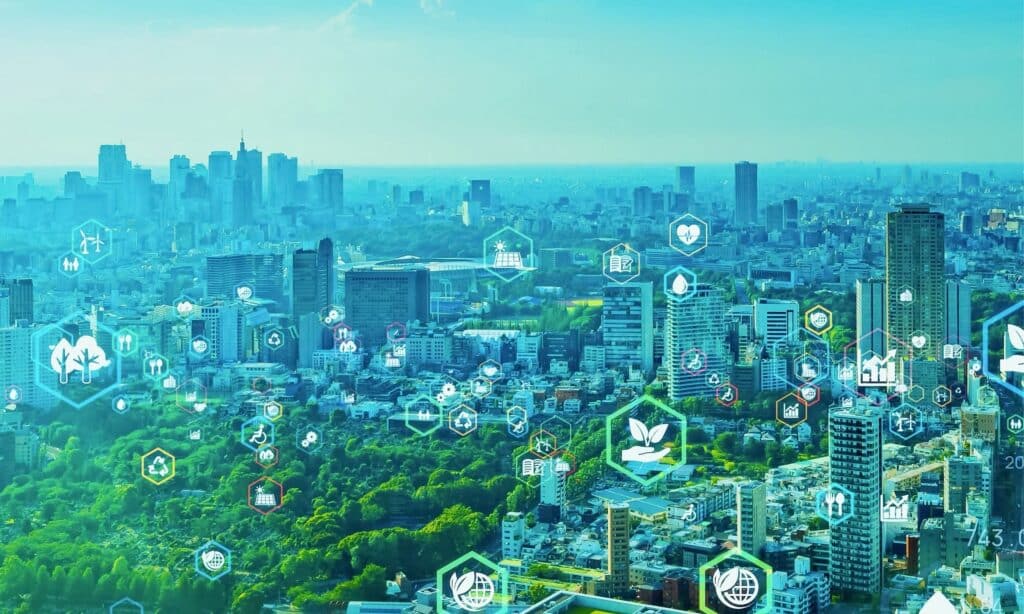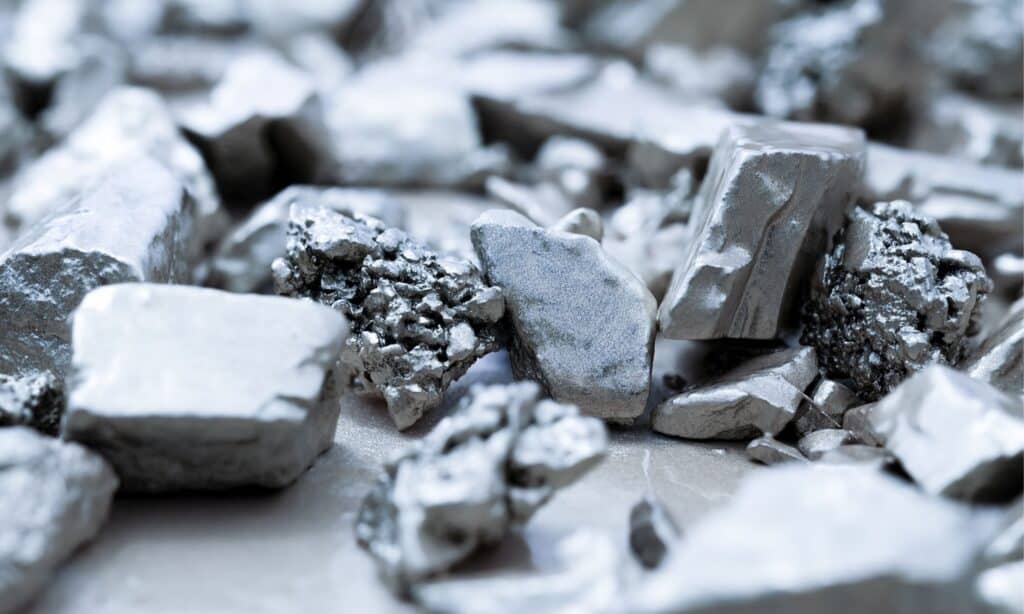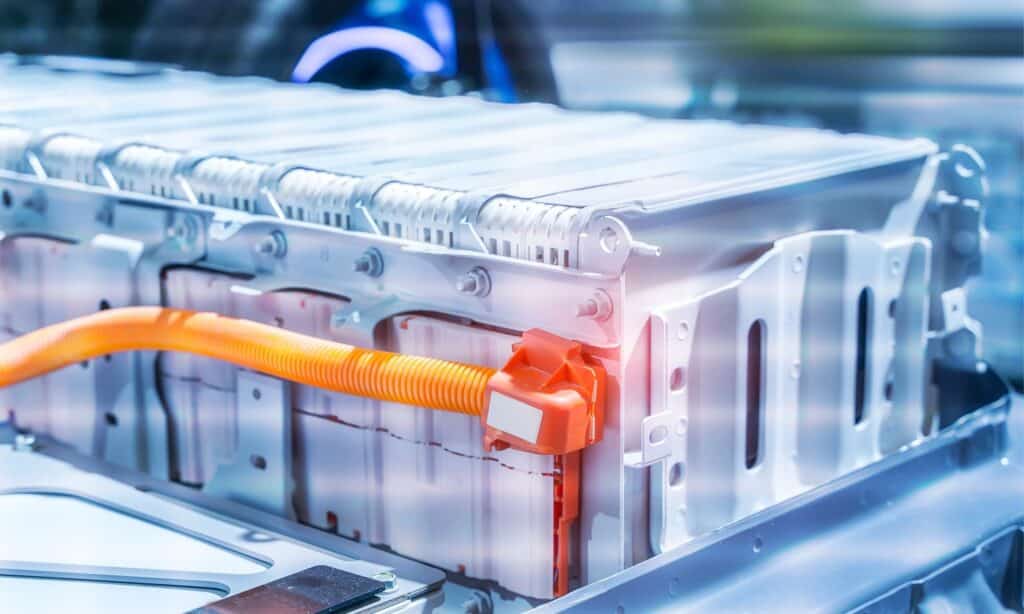What is Atomic Layer Deposition (ALD) Technology?
ALD technology is a gas-phase thin-film deposition method based on the chemical reaction between gaseous precursors and the surface of a substrate. In ALD, the deposition reaction is divided in two time-sequenced self-limiting half-reactions, each one being separated by purge steps.
The entire process mostly takes place inside a vacuum chamber and elevated temperatures. A wide range of materials can be deposited with ALD, for example oxides, nitrides and sulfides, metals and even organic and polymer films.


Benefits of ALD
ALD has important benefits over other deposition methods, such as the ability to deposit films with atomic-scale control of film thickness, composition and thickness uniformity.
Also, using ALD it is possible to apply perfectly conformal films inside highly porous and on complex 3D substrates. For these reasons, ALD has become a key process in fabricating semiconductor devices and c-Si solar cells and is a key tool for making various nano-scale coatings and materials.
There are many more devices and emerging applications that could benefit from using ALD, such as:
- Energy devices like electrolysers;
- Fuel cells and batteries;
- Opto-electronic devices such as OLED displays, micro-LED, AR/VR and MEMs.
Drawbacks of ALD
ALD has some important drawbacks. It’s slow, depositing at a rate of approximately 1 nm per minute, and most ALD reactors can only handle small substrate sizes, usually in the range of tens of centimeters. Moreover, the utilization efficiency of precursors is low because they coat not only the substrate but also the reactor walls.
All this makes the use of ALD for large-area, flexible, high throughput and low cost applications is very challenging.

The quest of a sustainable planet with Spatial ALD
By utilizing SparkNano’s Spatial ALD technology, we can unlock even more potential in ALD for these applications. This innovative approach offers enhanced scalability, faster processing times, and broader material compatibility, making it a game-changer in the world of thin-film deposition.
